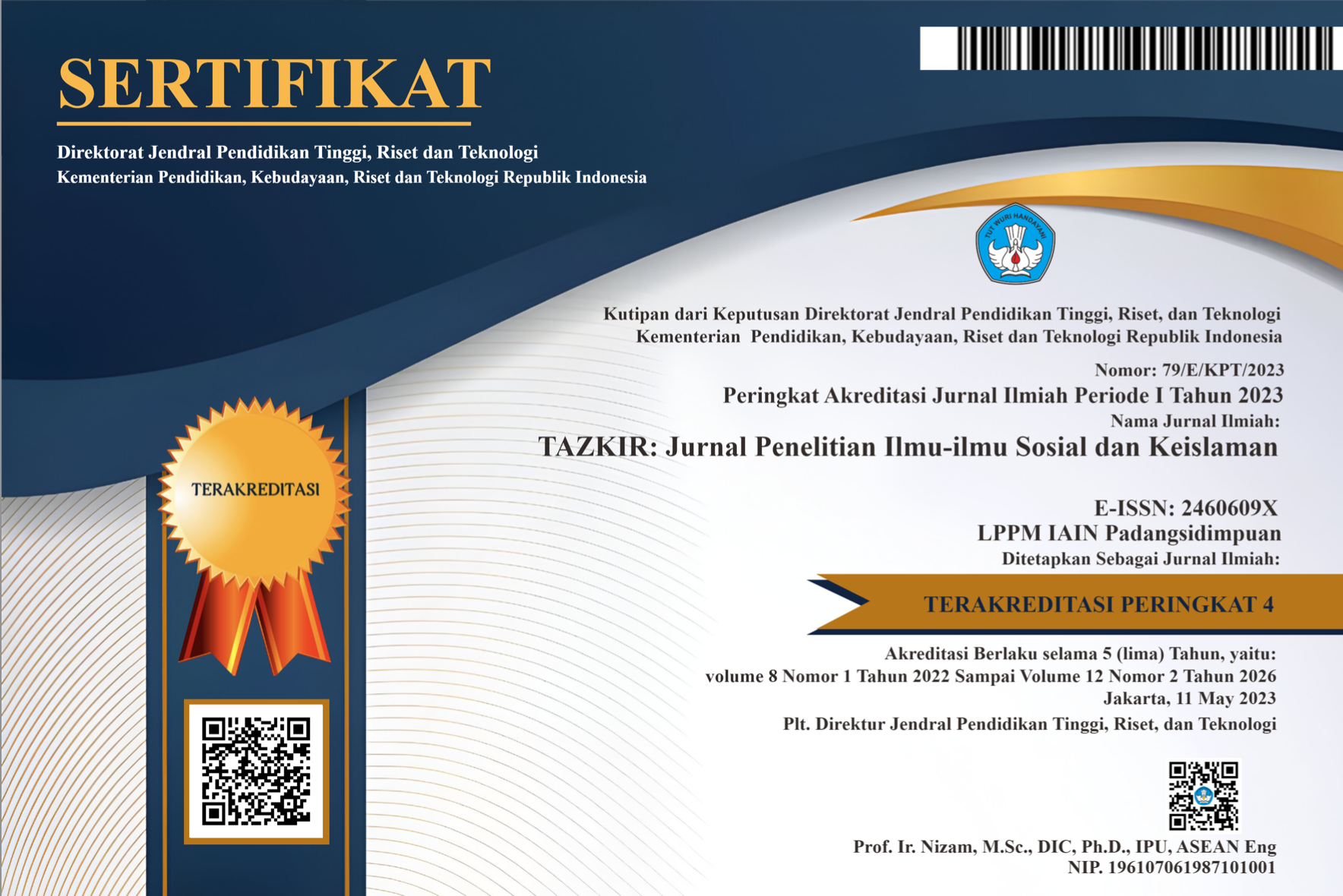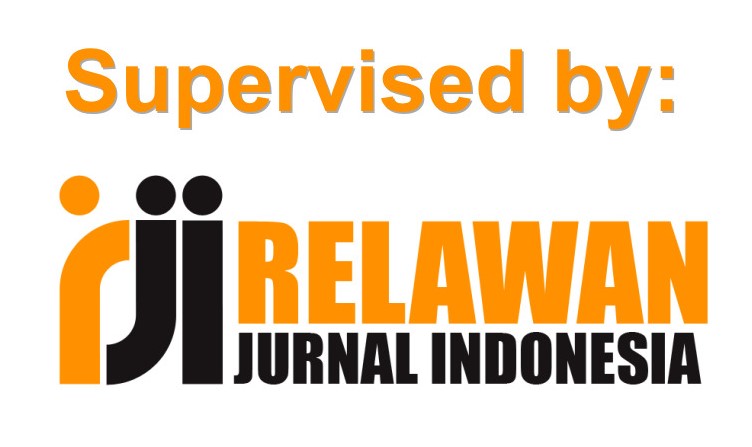Teachers’ Teaching Styles To Match Students’ Learning Styles Of IAIN Padangsidimpuan
Abstract
Keywords
Full Text:
PDF [INDONESIA]References
Alwasilah, A. C. (2008). Pokoknya Kualitatif. Jakarta: PT Dunia Pustaka Jaya.
Brown, H. D. (2000). Teaching by Principles: An Interactive Approach to Language Pedagogy. New York: Addison Wesley Longman, Inc.
Brown, L. B. (2003). Teaching Styles vs. Learning Styles. Educational Resources Information Center. No. 20.http://www.calpro-online.org/ERIC/textonly/docgen.asp?tbl=mr&ID=117.
Dunn, R & Dunn, K. (1979). Learning Styles/ Teaching styles: Should They, Can They be matched? Educational Leadership, Vol. 36, 238-244. .http://www.ascd.org/ASCD/pdf/journals/ed_lead/el_197901_dunn.pdf
Felder, R. M, & Brent, R. (2005). How Students Learn, How Teachers Teach,and What Usually Goes Wrong. Workshop Faculty Biographies. North Caroline: http://www.ncsu.edu/felder-public.
Felder, R.M., & Spurlin, J. (2005). Applications, Reliability, and Validity of the Index of Learning Styles [Electronic Version]. International Journal of English Education. Vol.21, No.1, pp.103-112.http://www4.ncsu.edu./unity/lockers/users/f/felder/public/ILSdir/ILS_ Validation(IJEE).pdf
Felder R. M. & Silverman, L.K. (2000). Learning and Teaching styles in Engineering Education. Journal of Engineering Education, Vol. 78. Available:http://www4.ncsu.edu/unity/lockers/users/f/felder/public/Papers/LS-1988.pdf
Ghada, S. et al. (2011). A Match or a Mismatch Between Students and Teachers’ Learning Style Preferences. International Journal of English Linguistic.https://www.researchgate.net/publication/272805401_A_Match_or_a_Mismatch_between_Student_and_Teacher_Learning_Style_Preferences
Grasha, A. (1996). Teaching with Style. Pittsburgh, PA: Alliance Publishers. http://cstl.semo.edu/cstl/workshops/tew/Teaching_Learning_Assessment/GrashaStyles.pdf. Accessed on April 2012.
Harmer, J. (2007). The Practice of English Language Teaching, Fourth Edition.United Kingdom: Pearson Education Limited.
Juris, M.F. (2009). Learning and Teaching Crossroads. Institute for Learning Styles Journal, Volume 1.
Kagan, S. (1994). Cooperative Learning. San Clemente, CA: Kagan Publishing. Http://www.kaganonline.com/.
Kaplan, E. J., & Kies, D. A. (1995). Teaching and learning styles: Which came first? Journal of Instructional Psychology, 22(1), 29-33.https://www.researchgate.net/publication/298791046
Kara, S. (2009). Learning Styles and Teaching Styles: A Case Study In ForeignLanguage Classroom. International Journal of Arts and Science.http://www.openaccesslibrary.org/images/BOS134_Selma_Kara.pdf
Kazu, I.Y. (2009). The Effect of Learning Styles on Education and the Teaching Process. Journal of Social Sciences 5(2): 85-94. Turkey: Science Publication.
Kelly, M. (2011). Understanding and Using Learning Styles. Available at:
Kefee, J.W. (1987). Learning Styles: Theory and Practice. National Association of Secondary School Principals. Reston. VA.http://nwlink.com/~donclark/hrd/styles.html
Kolb, D.A. (1984). Experiential Learning: Experience as the Source of Learning and Development. Prentice Hall, New Jersey.
Kumaravadivelu, B. (1991). Language-learning tasks: teacher intention and learner interpretation. English Language Teaching Journal, 45/2, 98-107.
Miller, P. (2001). Learning Styles: The Multimedia of the Mind. Research Report. (ED 451 140)Oxford, M Hollaway & D. Horton-Murillo. (1992). Language learning style & strategies in the multicultural, tertiary L2 classroom-system, 20,3 , 439-456https://www2.caes.hku.hk/kenhyland/files/2012/08/learning-styles-relc.pdf
Oxford, R.L. (2003). Language Learning Styles and Strategies. Learning Styles & Strategies/Oxford, GALA. Available at:http://web.ntpu.edu.tw/~language/workshop/read2.pdf
Pratt, D. D. (2002). Good Teaching: One Size Fits All? New Directions for Adult and Continuing Education no. 93. P. 5-15.
Reid, J. (1987). The learning style preferences of ESL students. TESOL Quarterly, 21, 87-111.http://web.ntpu.edu.tw/~language/workshop/read2.pdfReid, J. (1995). Learning Styles in the EFL/ESL Classroom. Heinle & Heinle publisher.
Sugiyono. (2004). Metode Penelitian Pendidikan. Bandung: Alfabeta.
DOI: https://doi.org/10.24952/tazkir.v5i2.2177
Refbacks
- There are currently no refbacks.
Copyright (c) 2019 TAZKIR: Jurnal Penelitian Ilmu-ilmu Sosial dan Keislaman

This work is licensed under a Creative Commons Attribution-ShareAlike 4.0 International License.





